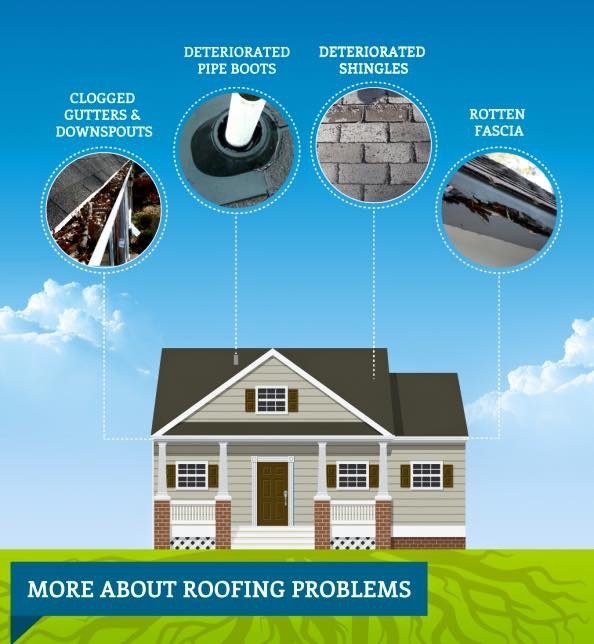Ignoring The Relevance Of Roof Covering Air Flow Can Cause Considerable Damages; Determine The Essential Facets That Assist In An Effective Installation And Safeguard Your Investment
Ignoring The Relevance Of Roof Covering Air Flow Can Cause Considerable Damages; Determine The Essential Facets That Assist In An Effective Installation And Safeguard Your Investment
Blog Article
Produced By-Conway copyright
When you're tackling a roof covering project, you might not believe much regarding roofing ventilation, yet it's more critical than you understand. Efficient air flow helps regulate temperature and wetness in your attic room, protecting against issues like mold and architectural damage. By recognizing exactly how to make and install a well balanced ventilation system, you can improve power efficiency and extend the lifespan of your roof covering materials. So, what are the essential aspects to think about during installment that can make all the distinction?
Significance of Roofing System Ventilation
Roof covering ventilation plays a vital role in preserving the general health of your home. By enabling fresh air to circulate via your attic, it helps manage temperature and moisture degrees. This equilibrium is necessary to prevent warmth accumulation throughout hot months, which can result in raised power expenses as your air conditioning burns the midnight oil.
Additionally, proper ventilation dramatically decreases the threat of moisture-related problems like mold and mold. If skylight san antonio tx climb, your home's architectural stability can be endangered, leading to costly repair work. You would not wish to deal with decaying wood or deformed roof materials, right?
Furthermore, adequate ventilation extends the life expectancy of your roofing system. When warmth and wetness are kept in check, your roof covering can carry out optimally, stopping premature wear and tear. This implies fewer migraines and expenditures down the line.
Exactly How Roofing System Ventilation Functions
Reliable roof air flow depends on the natural activity of air to develop a balance in between intake and exhaust. When you install vents, you're essentially permitting fresh air to enter your attic room while making it possible for warm, stale air to run away. Suggested Studying aids control temperature level and dampness levels, protecting against concerns like mold growth and roofing damages.
Intake vents, generally discovered at the eaves, draw in amazing air from outdoors. On the other hand, exhaust vents, situated near the ridge of the roofing system, allow hot air rise and leave. The distinction in temperature produces a natural air flow, called the stack result. As warm air surges, it develops a vacuum that draws in cooler air from the reduced vents.
To enhance this system, you require to ensure that the intake and exhaust vents are correctly sized and placed. If the consumption is limited, you will not accomplish the wanted air flow.
Also, not enough exhaust can catch warm and wetness, resulting in prospective damage.
Key Setup Factors To Consider
When installing roofing air flow, several essential factors to consider can make or damage your system's efficiency. First, you require to examine your roofing system's design. The pitch, form, and materials all affect airflow and ventilation option. Ensure to choose vents that fit your roofing kind and neighborhood climate conditions.
Next off, take into consideration the placement of your vents. Preferably, you'll want a well balanced system with intake and exhaust vents positioned for optimal airflow. Area consumption vents short on the roof and exhaust vents near the top to encourage an all-natural circulation of air. This configuration aids protect against moisture build-up and advertises power efficiency.
Don't forget insulation. Proper insulation in your attic room prevents heat from getting away and keeps your home comfortable. Make certain that insulation does not obstruct your vents, as this can hinder air flow.
Last but not least, consider upkeep. Select air flow systems that are easy to gain access to for cleaning and assessment. Regular maintenance ensures your system remains to operate effectively in time.
Conclusion
In conclusion, roof air flow is essential for an effective setup. By making certain proper airflow, you can protect against warmth buildup and wetness issues that result in costly damages. When you purposefully setting intake and exhaust vents, you enhance power efficiency and prolong the life expectancy of your roofing system. Bear in mind, a well-ventilated roof not just protects your investment but also improves your indoor air quality. So, prioritize air flow to make certain a durable and cost-efficient roofing system for your home.
